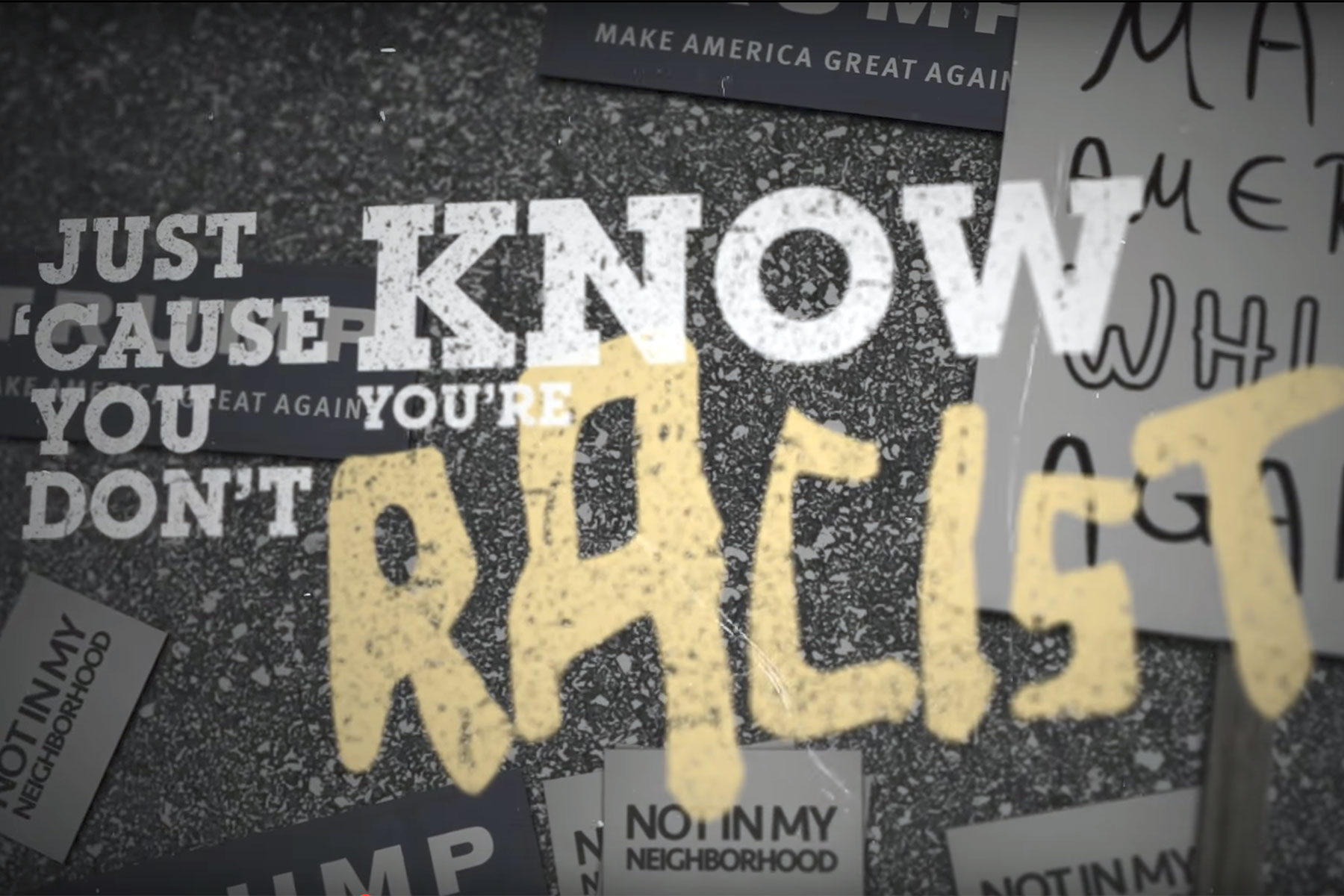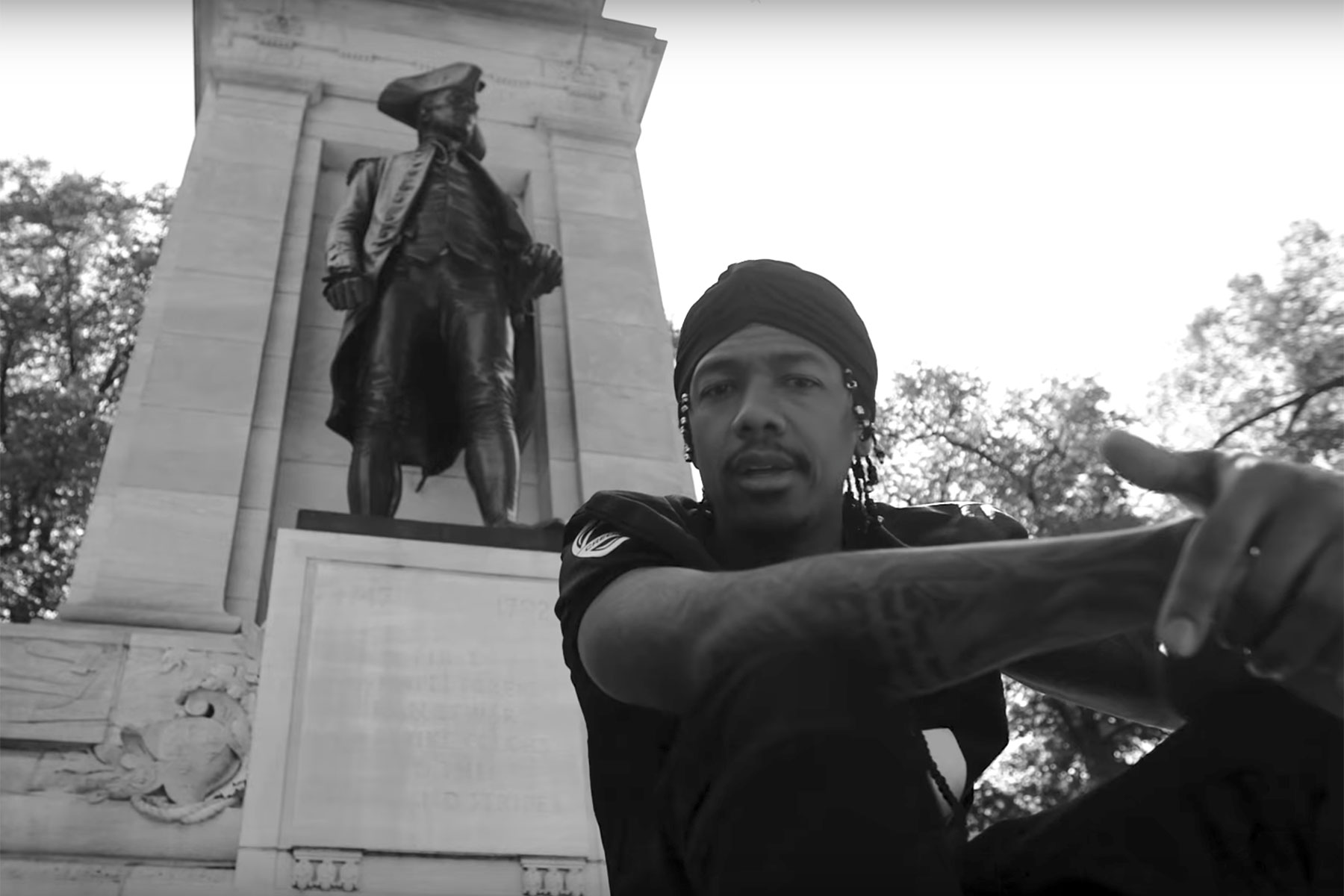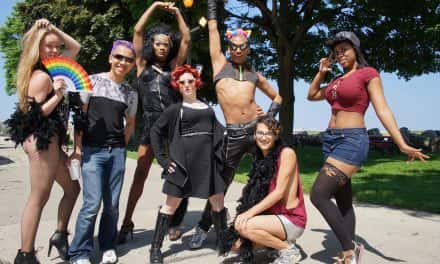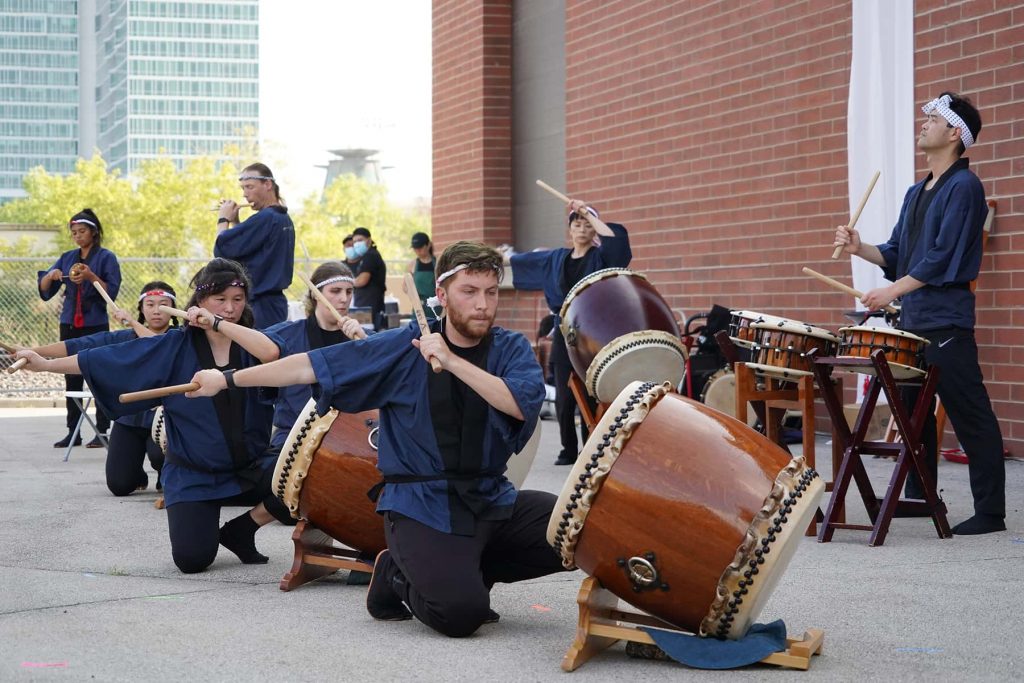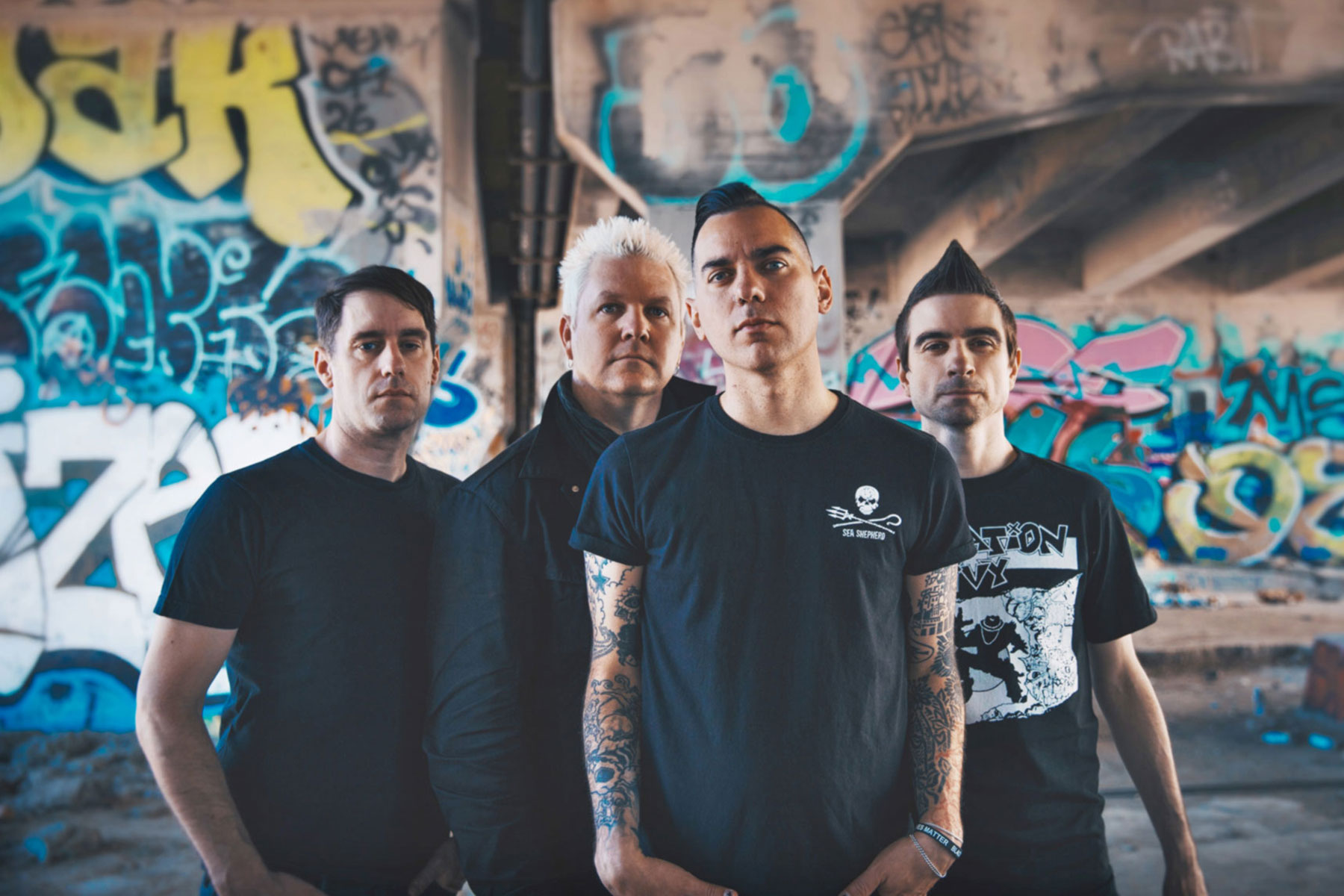
“Home of the brave, built on the back of a slave.” – Nick Cannon
During the 1960s, music spoke for a generation who were unable to articulate their feelings during one of America’s most turbulent eras. Since then, songs have become anthems for social issues over each decade and population demographic.
Since the 1990s, Rap music was the mass expression of the African American frustration with the effects of social injustice. The lyrics, like any form of art, spoke to people differently while connecting a theme that could be shared equally.
Two videos are currently circulating around social media with a voice for protesting racism. But each has a different view and style presenting its message. They are decidedly distinct voices, one black and one white.
“This song is a call to arms. We must challenge racism and hatred everywhere we see it: at school, at work, at the dinner table with our families, absolutely everywhere,” said Anti-Flag, the American punk rock band from Pittsburgh in the press release for their new album American Fall. “If you still stand by the Trump regime after Charlottesville, you are complicit. The line has been drawn. On one side stand those who fight for humanity, optimism, and empathy. On the other side are those who precipitate bigotry, cynicism, and apathy. Now is the time to get off of the fence and choose which side of history you want to be on.”
What makes the Anti-Flag song most interesting is its creative video, all graphically designed around the words of its lyrics. With Nick Cannon’s song “Stand For What,” many of the lyrics are designed around the graphic nature of its words.
Language Warning: both songs use explicit words and for that reason alone their messages are controversial. Each song is published here as an example of expression for ongoing issues in Milwaukee, to offer insight and understanding about the latest generation’s use of music to present their political voice, and the public reaction to that approach. It should also be noted that while profanity is considered socially offensive, many other innocuous words are far more traumatic and harmful, due to the context of how they are used, and those are published freely.
While it may be shocking to many to hear, the lyrics are no less controversial than those of the 1960s generation, who rebelled against the establishment of their day and now find themselves as the establishment today.
Racist (LANGUAGE WARNING)
Stand for What (LANGUAGE WARNING)
© Image
Anti-Flag and Nick Cannon

